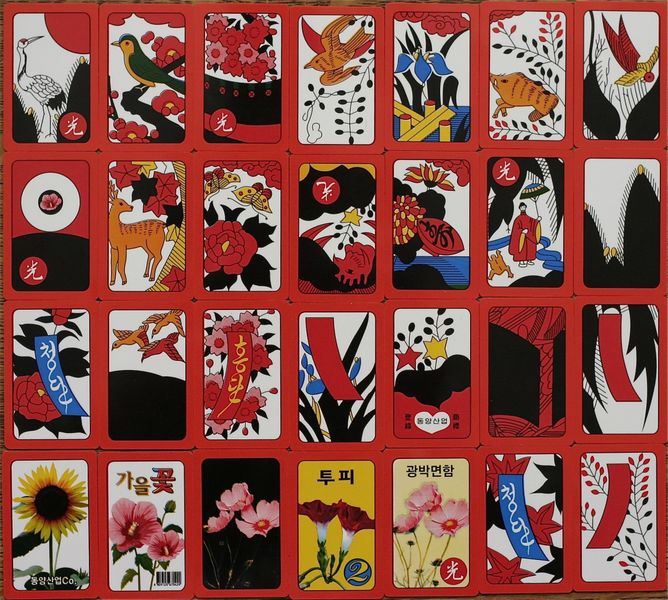Go Stop (1889) Board Game
Go Stop is a traditional Korean card game that has been enjoyed for centuries. It was first recorded in the late 1800s and has since become a popular pastime in Korea. The game is known for its strategic gameplay and colorful cards, which feature various symbols and numbers.
Game Components of Shikoku 1889
How To Setup Shikoku 1889
Setup involves distributing initial capital to players (typically 7,000 yen, but 5,000 yen recommended for new players to shorten game time), and conducting an auction for private companies. The game board is set up with pre-printed gray spaces that cannot be manipulated. A variant for new players skips the private company draft to save time and simplify the initial phase.
Gameplay Mechanics and Game Objective
Player Experience
“Shikoku 1889” is a game that is relatively easy to learn but very hard to master. It requires a balance of mathematical calculations and strategic timing. Players must navigate the stock market, manage company finances separately from their own, and exploit the track network built by other players. The game is known for its subtlety, with significant changes possible in just a few rounds, making it highly dynamic and engaging.
Pros
Cons
Personal Thoughts on Shikoku 1889
“Shikoku 1889” is ideal for fans of economic simulation and train-themed games who are looking for a complex, yet rewarding experience. It is not the perfect introduction to the *18xx* system due to its unique quirks, but it is a great game for those already familiar with the genre or willing to dive deep into its mechanics. New players can start with a simplified variant to ease into the game, but overall, it is a game that offers a rich and challenging experience for those who enjoy strategic planning and management.
We are supported by our audience. When you purchase through links on our site, we may earn an affiliate commission, at no extra cost for you. Learn more.

